Exercise 3.1 from CENGAGE PHYSICS (ENGLISH) Chapter 9 ELECTRIC POTENTIAL for Class 12
| Class 12 | PHYSICS |
| Chapter | ELECTRIC POTENTIAL |
| CENGAGE PHYSICS (ENGLISH) | Exercise 3.1 |
| Medium | English |
| Academic Year | 2023-2024 |
Question 9
a. A circle is drawn with center as a charge +q. What is the work done in moving a charge +q from B to C along the circumferebce of the circle ?
B In the above question, if the charge +q is first taken from B to A and then from A to C, on which path is the magnitude of work greater?
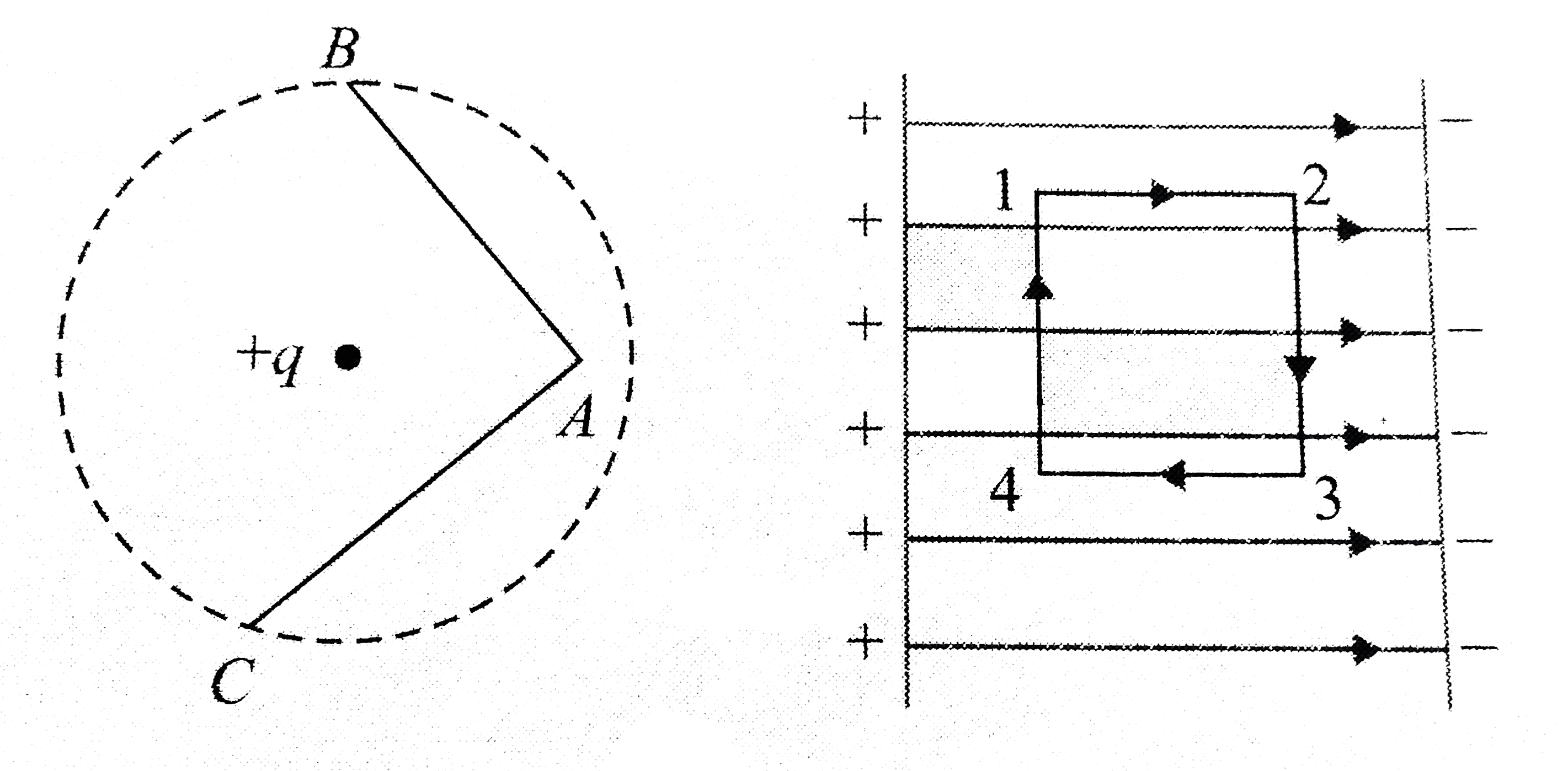 View Solution
View SolutionQuestion 12
If you carry out the integral of the electric field ∫→E.→dl for a closed path like that as shown in (Fig. 3.40), the integral will always be equal tom zero, independent of the shape of the path and independent of where charges may be located relative to the path. Explain why.
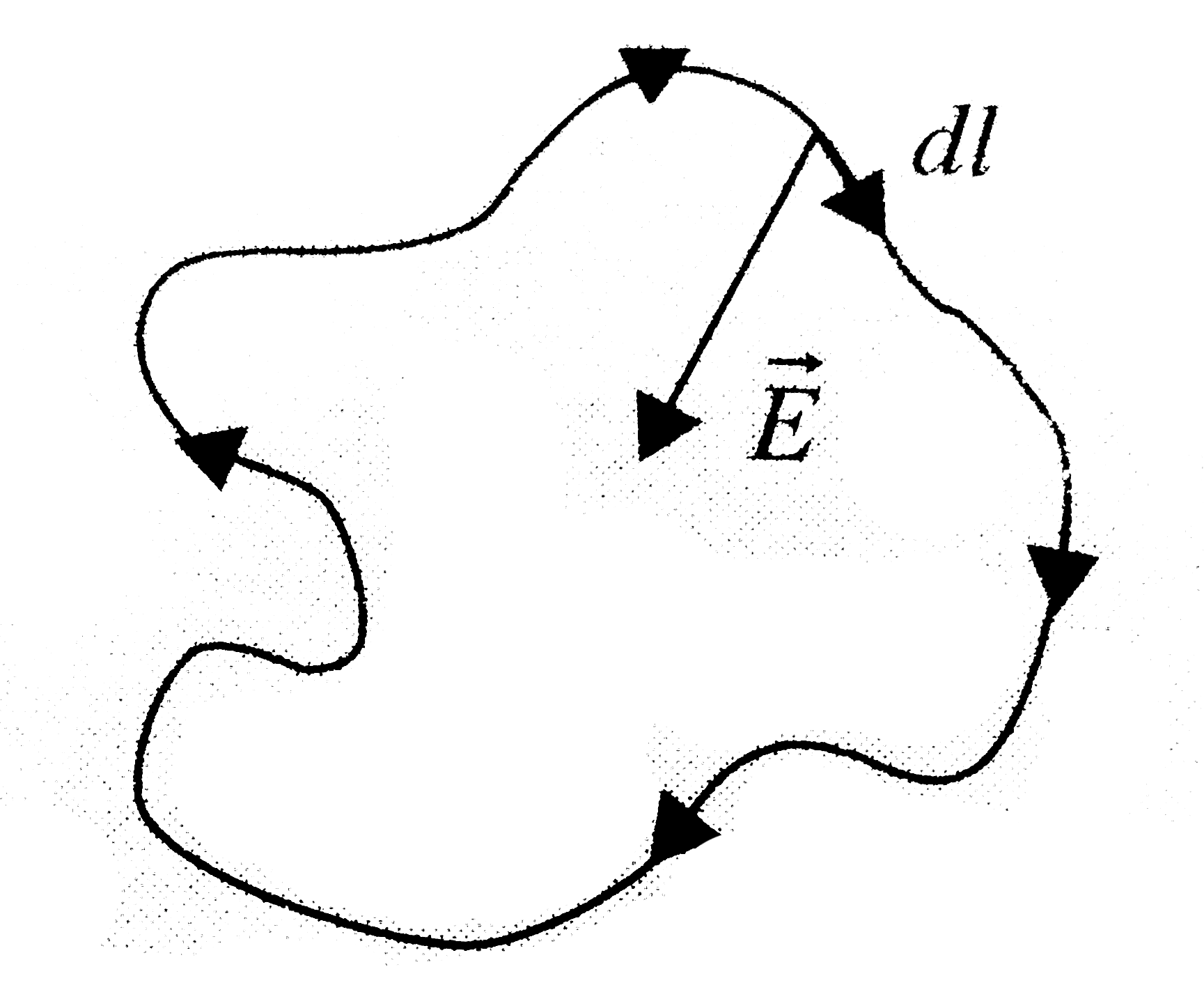 .View Solution
.View SolutionQuestion 15
When charge 10μC is shifted from inifinity to a point in an electric field, it is found that work done by eletrotatic forces is 10μJ. If the charge is doubled and taken again from inifinity to the same point without accelerating it, then find the amount of work done by electric field and against electric field.View SolutionQuestion 18
Four balls, each with mass m, are connected by four nonconducting strings to from a square with side with A, as shown in (Fig. 3.43.) The assembly is placed on a horizontal nonconducting frictionless surface. Balls 1 and 2 each have charge q, and balls 3 and 4 are uncharged. Find the maximum speed of balls 1 and 2 after the string connecting them is cut.
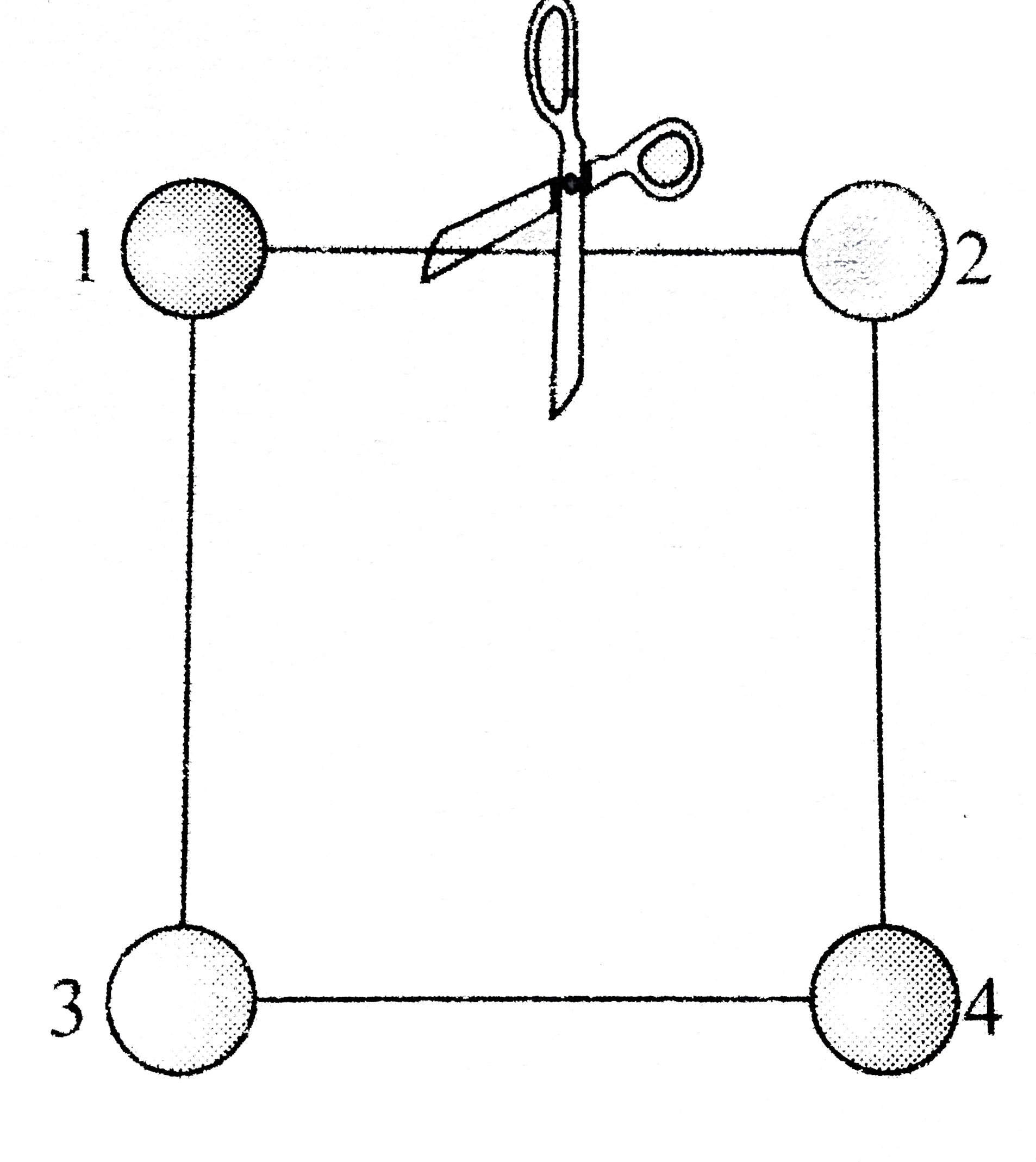 .View Solution
.View Solution
 .
.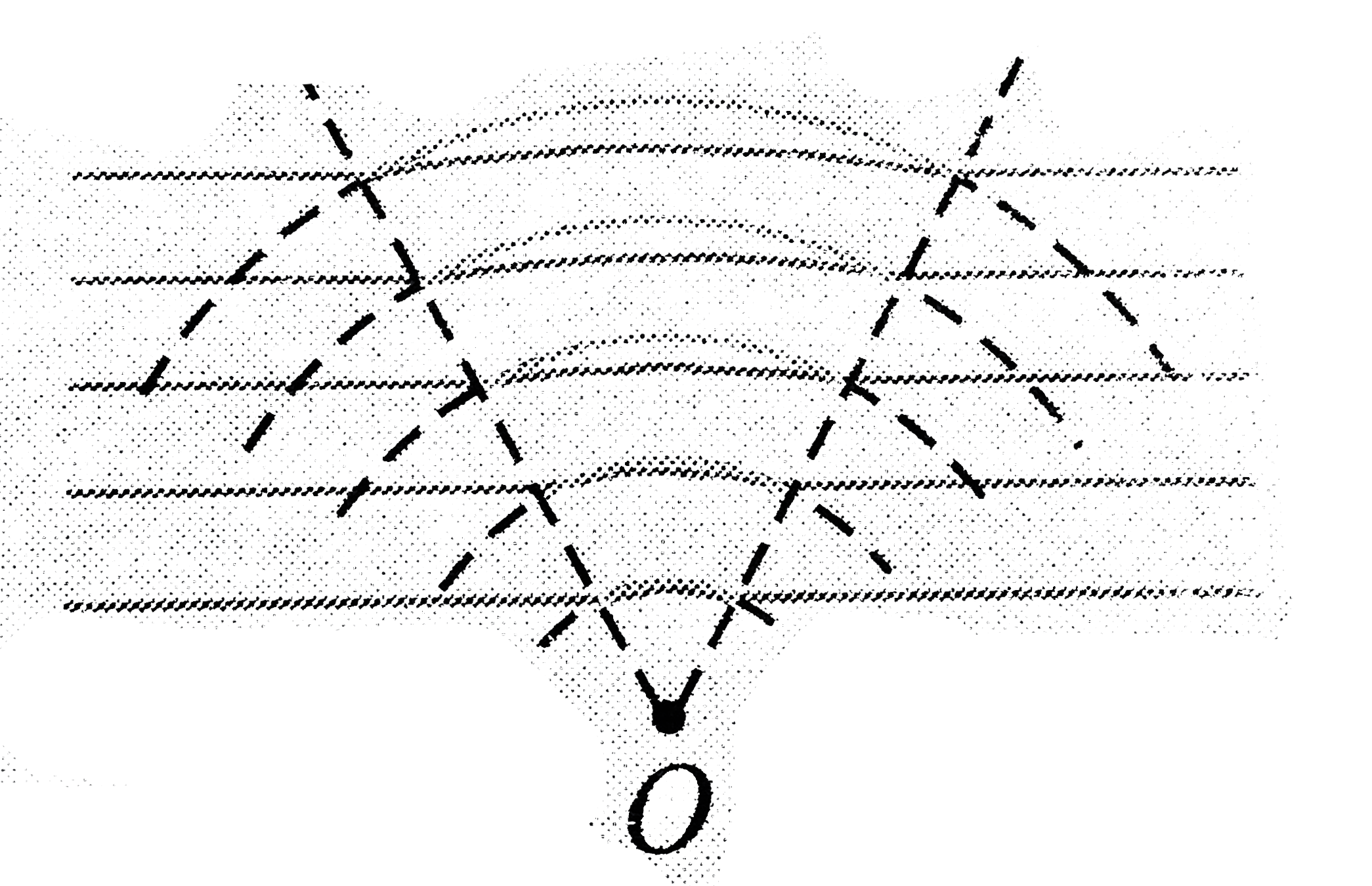 .
.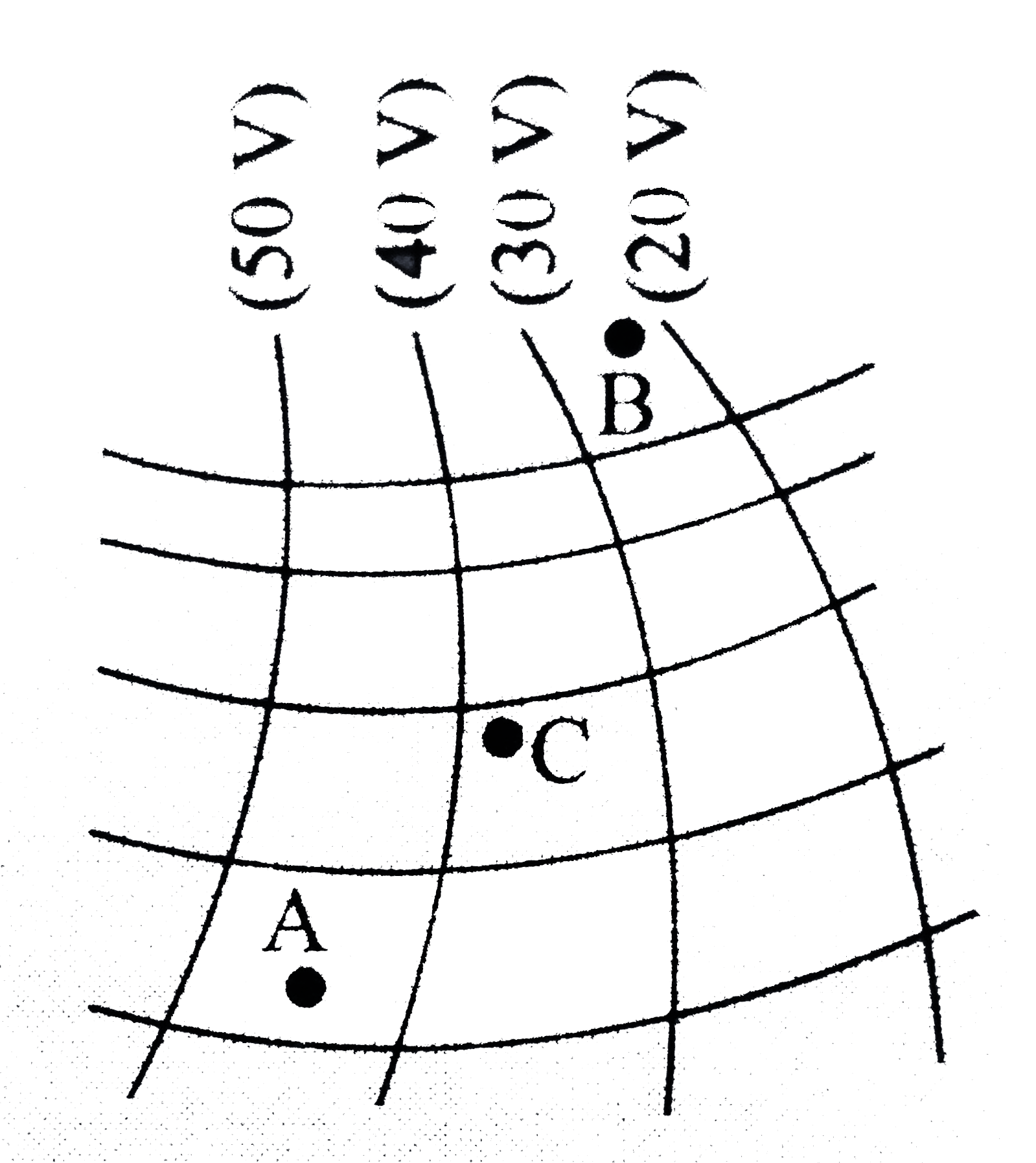 .
.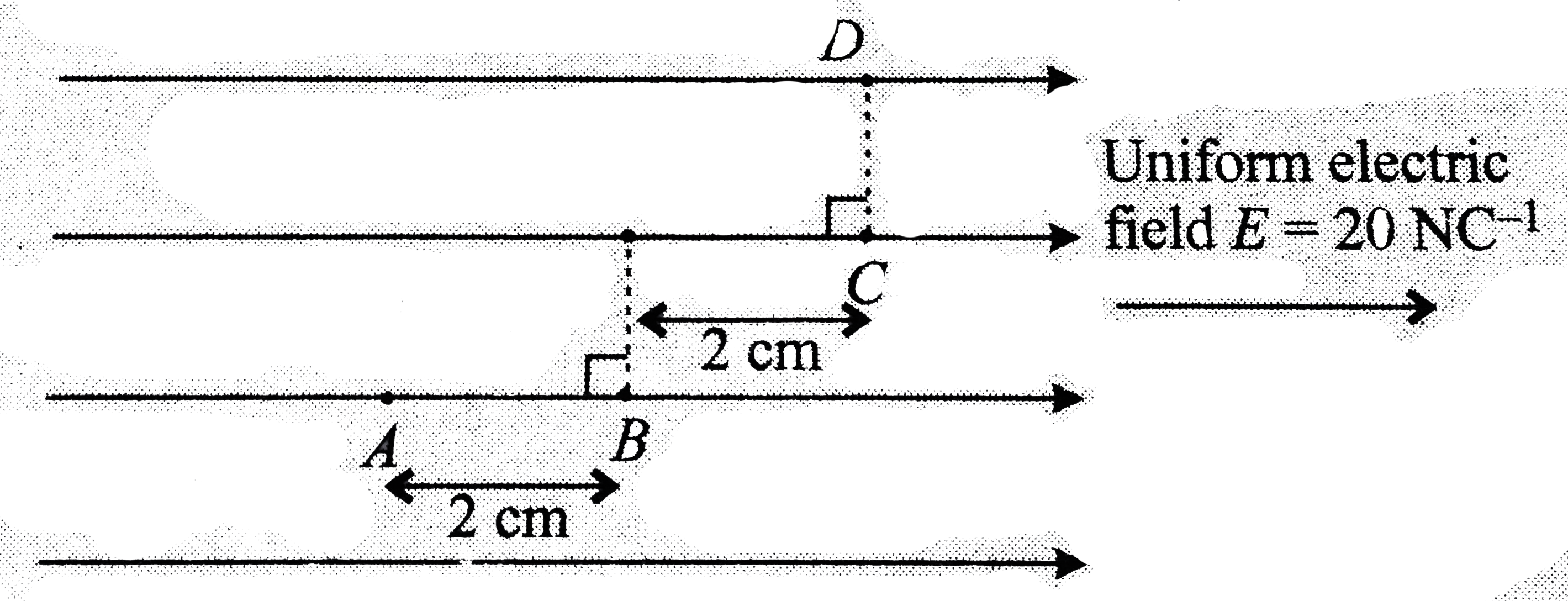 .
. ,
,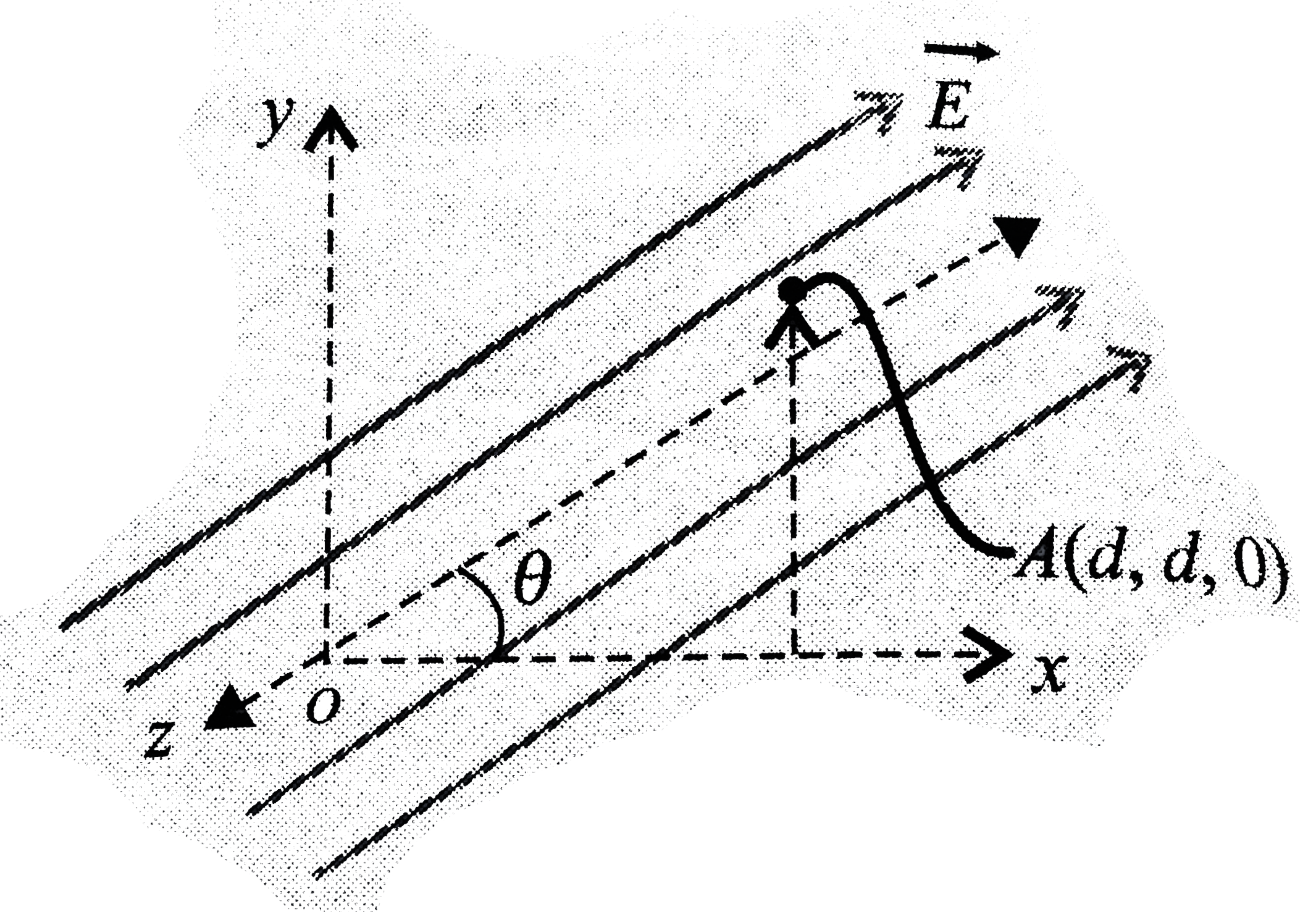 .
.